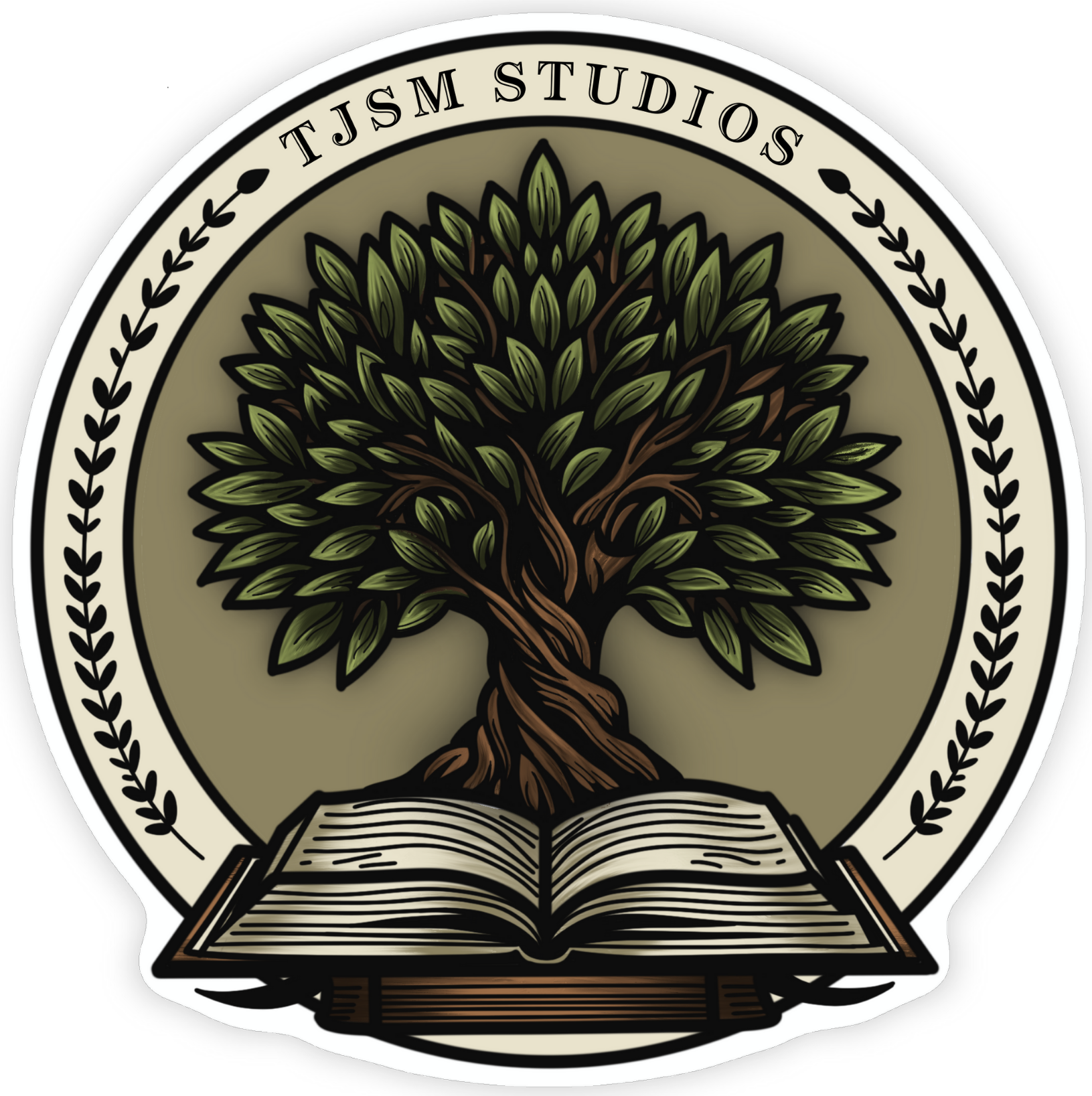This post may contain affiliate links, meaning I may earn a small commission at no extra cost to you.

Do you ever wake up feeling like you can conquer the world, only to crash when faced with your ambitious to-do list? For those navigating chronic illness or neurodivergence, this ebb and flow of energy is a familiar rhythm. If you’re seeking sustainable productivity that honors your fluctuating capacity, and are tired of traditional advice that leads to burnout, this guide is for you.
It’s not about hustling harder or pushing past your limits. It’s about discovering the quiet power of small, intentional actions that move you forward, even when your energy is limited. It’s about planning that works with your reality, not against it.
Let’s gently unpack why big dreams can feel overwhelming, and how we can break them down into small, sustainable steps that honor our bodies, brains, and bandwidth.
Why Big Dreams Feel Overwhelming
We don’t talk enough about the emotional toll of carrying a dream when your energy comes and goes. It can feel like you’re always playing catch-up, or worse, that you’re falling behind in a race you didn’t sign up for.
Chronic illness and neurodivergence often bring with them inconsistent capacity. Traditional productivity advice promotes constant, high-intensity effort, assuming an unchanging work capacity. This “push-through” or “grind” mentality often leads to exhaustion and burnout for many, as it ignores natural fluctuations in energy, creativity, and motivation, making sustained, unwavering output an unrealistic expectation.
Instead, what if we allowed our goals to be modular? What if progress didn’t mean constant motion but thoughtful movement, paced by rest, reflection, and self-compassion?
The problem isn’t your ambition. It’s the system you’re trying to fit it into.
Reframing Progress: Gentle Planning for Real Life
Let’s reframe what it means to move forward. Gentle planning means recognizing that your energy fluctuates and building your workflow around that reality. It’s less about forcing consistency and more about cultivating a practice of returning.
Two powerful shifts can help:
1. Energy-Led Planning
Instead of planning your week by days, try planning by energy zones: low-energy, medium-energy, and high-energy tasks. That way, when a flare or crash hits, you have a plan that doesn’t require decision-making at the moment.
For example, if your goal is to launch an online course, a low-energy day might be outlining one module, while a high-energy day could be recording a lesson.
2. Progress Over Perfection
You don’t need to do it all today. In fact, you probably shouldn’t. Sustainable progress often looks like small check-ins, five-minute tasks, or one line written in your journal. Trust that each small action is a seed. Celebrate small wins as it reinforces the positive feedback loop.
Actionable Strategies: Breaking Down Goals for Sustainable Progress
Here are a few tried-and-true methods for making your goals more manageable without losing the magic of your big dreams:
The “One Spoon at a Time” Approach
Borrowing from the spoon theory by Christine Miserandino, this method honors limited energy by asking: “What can I do with just one spoon today?” Maybe it’s updating your Etsy bio, replying to one email, or brainstorming a new offer. These tiny wins build momentum.
Mind Maps and Vision Boards
Visual thinkers thrive when they can see the big picture. Use mind maps to break a dream into themes and then tasks. Vision boards keep your why front and center, helping you stay emotionally connected even during slower periods.
Backwards Planning with Rest in Mind
Start from your dream goal and work backward. Plot each step, and then add intentional rest stops. These are non-negotiable pauses that remind you rest isn’t a reward, it’s part of the plan.
Real-Life Examples
Sometimes it’s easier to believe this method works when you see it in real life. Here are a few scenarios:
A Creative Building an Etsy Shop
Instead of launching all at once, they start with naming their shop one week, uploading one product the next, and sharing a single post on Instagram after that. Each action builds the foundation.
A Coach Crafting a Content Strategy
They set a timer for 15 minutes a day. One day, they brainstorm content ideas. Another day, they outline a post. No marathon sessions. Just consistent, bite-sized progress.
The Science Behind It
Studies show that micro-progress increases dopamine and builds habit strength. It feels good to finish something, even something small. That little hit of “I did it” keeps you coming back.
Final Thoughts
Your dreams are valid, even if they take longer to build. There is no right timeline. There is only the next gentle step you can take from where you are.
So ask yourself: what’s one small action you can take today? Maybe it’s journaling your goals, sending one message, or simply resting so you’re ready for tomorrow. It all counts.
Keep going. You’re building something beautiful, one tiny win at a time.
Suggested AI Prompt for Readers
You can use this prompt in ChatGPT or any AI assistant to help you take action on this blog topic.
“Help me break down a big personal or business goal into small, manageable steps based on my current energy levels. Include ideas for low-, medium-, and high-energy days.”
10 Guided Journaling Prompts for Gentle Progress
- What dream feels too big right now, and why?
- How does your energy tend to fluctuate during the week?
- What does “enough” look like on a low-energy day?
- When have small steps led to big shifts in your past?
- What would an energy-led week look like for you?
- What part of your goal feels exciting? What feels heavy?
- What might rest need to look like this season?
- How can you celebrate micro-progress this week?
- What’s one task you can gently delegate or delay?
- What affirmation or reminder do you want visible each day?
If this post resonated with you, share it with a friend who might need a gentler way forward. Subscribe to the newsletter for more introspective and practical strategies. Join our community of gentle achievers for insights into sustainable productivity and well-being.
Frequently Asked Questions about Gentle Productivity
Q: What is “gentle productivity”?
A: Gentle productivity is an approach to working and achieving goals that prioritizes your well-being, energy levels, and natural fluctuations, especially relevant for those with chronic illness or neurodivergence. Instead of forcing constant high output, it advocates for sustainable, intentional progress through small, manageable steps and incorporating rest as a non-negotiable part of the plan.
Q: How is gentle productivity different from traditional productivity advice?
A: Traditional productivity often assumes a consistent, high-energy capacity and encourages “hustle” or “grind” culture. Gentle productivity, conversely, acknowledges inconsistent energy and capacity, promoting flexible planning, energy-led task allocation, and the celebration of micro-progress to prevent burnout and foster sustainable progress.
Q: What is the “spoon theory” and how does it relate to gentle productivity?
A: The “spoon theory,” originated by Christine Miserandino, is a metaphor used to explain the limited energy and resources available to individuals with chronic illness or disabilities. It helps to visualize how daily tasks deplete a finite “supply” of energy (spoons). Gentle productivity directly applies this concept by encouraging you to plan your day and goals based on your available “spoons” or energy, asking “What can I do with just one spoon today?”
Q: Can gentle productivity still help me achieve big goals and dreams?
A: Absolutely! Gentle productivity isn’t about limiting your ambition, but rather about creating a sustainable path to your big dreams. By breaking large goals into tiny, actionable steps and working with your body’s natural rhythms, you build consistent momentum without risking burnout, ensuring long-term progress.
Q: How do I get started with energy-led planning?
A: Start by recognizing your energy patterns throughout the day and week. Then, categorize your tasks into low-, medium-, and high-energy demands. When planning, assign tasks to the energy level you anticipate having. For example, use low-energy days for administrative tasks or light brainstorming, and higher-energy days for more demanding creative or focused work. The key is flexibility and self-compassion.
Q: What if I have a really low-energy day? What counts as progress?
A: On very low-energy days, progress can be incredibly small, but still meaningful. This could be simply sending one email, brainstorming a single idea, writing one sentence, or even just prioritizing rest to recover. The goal is consistent, gentle engagement rather than constant strenuous output. Every tiny win reinforces positive habits and keeps you connected to your goals.
